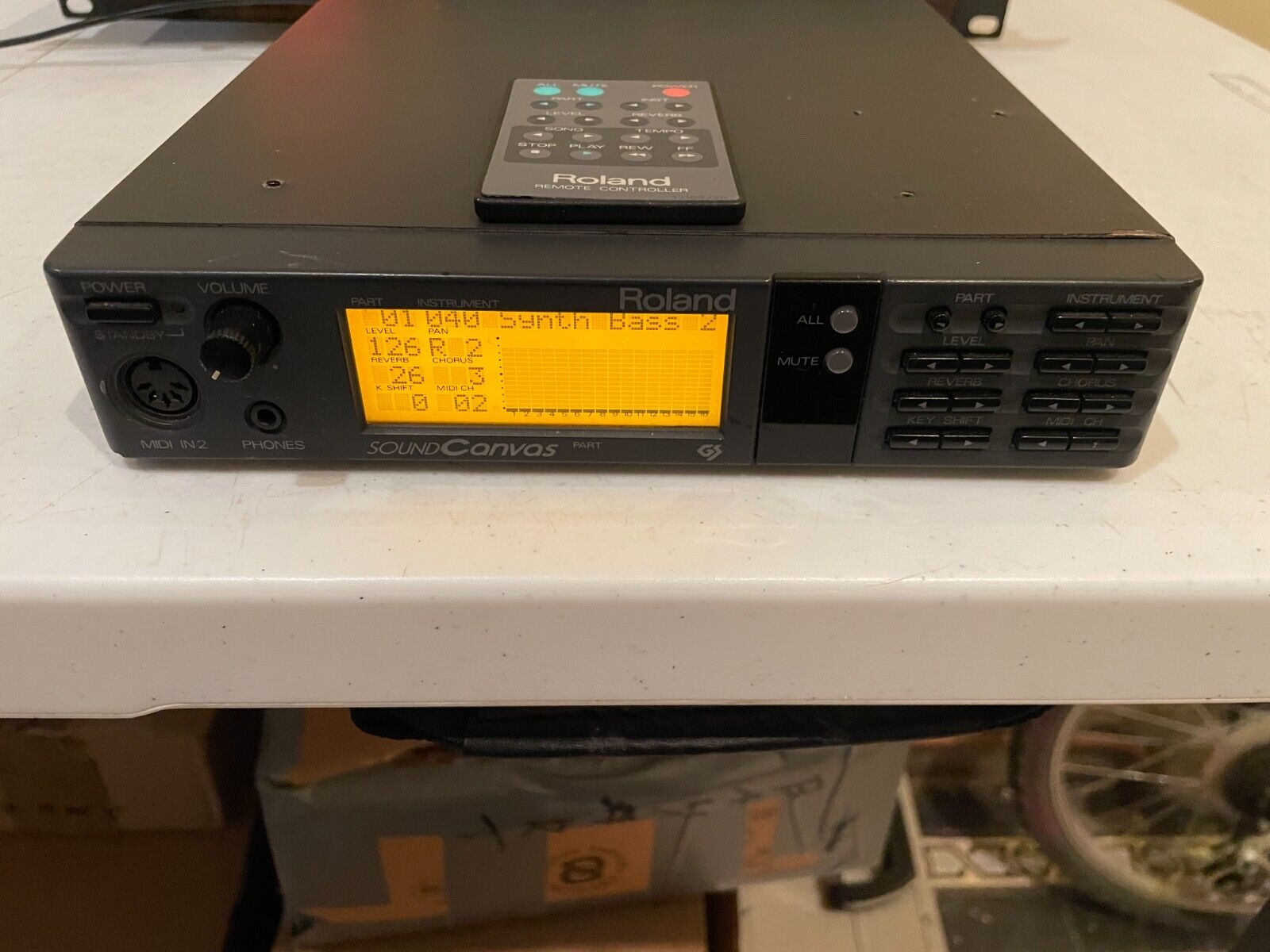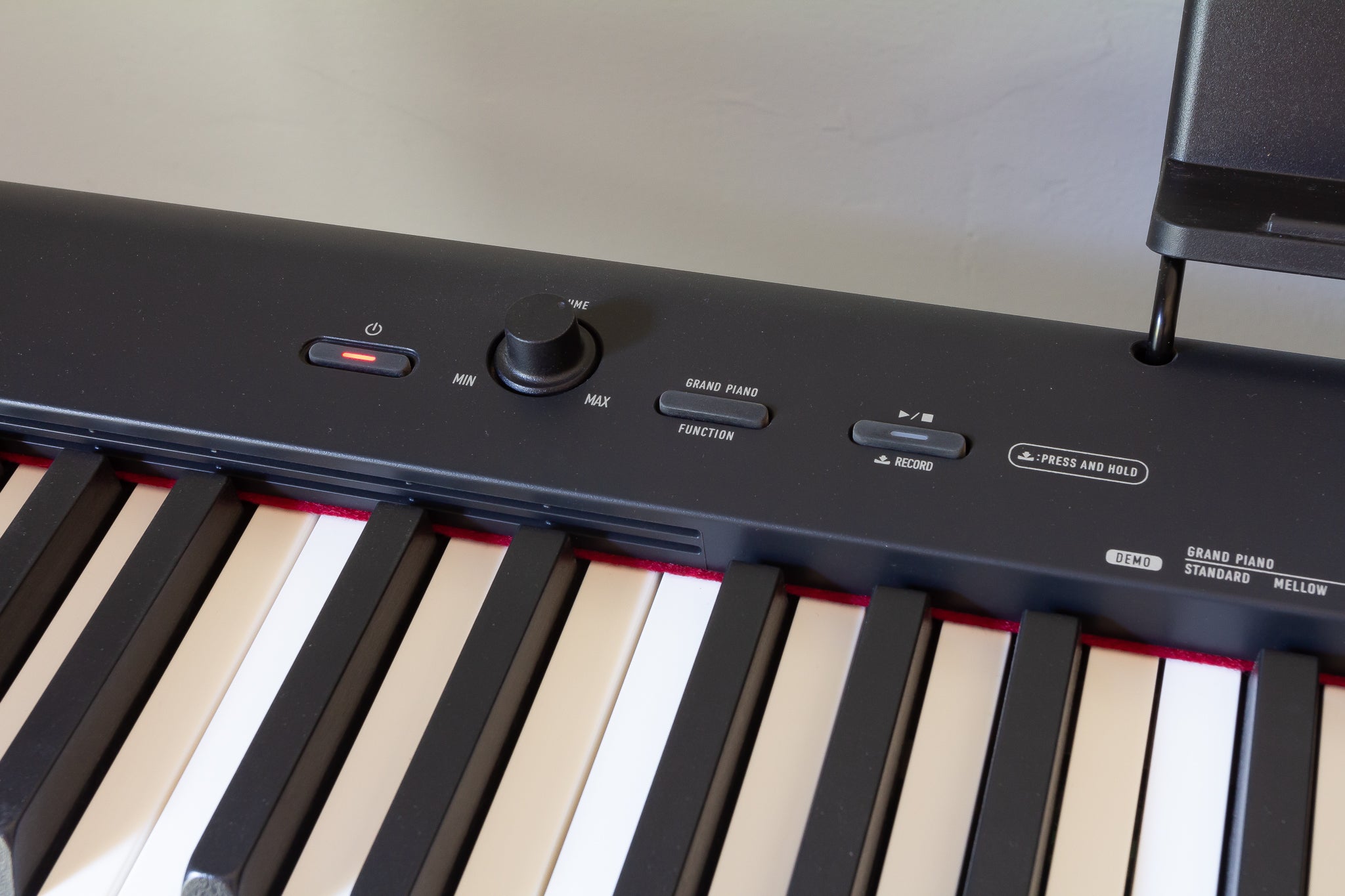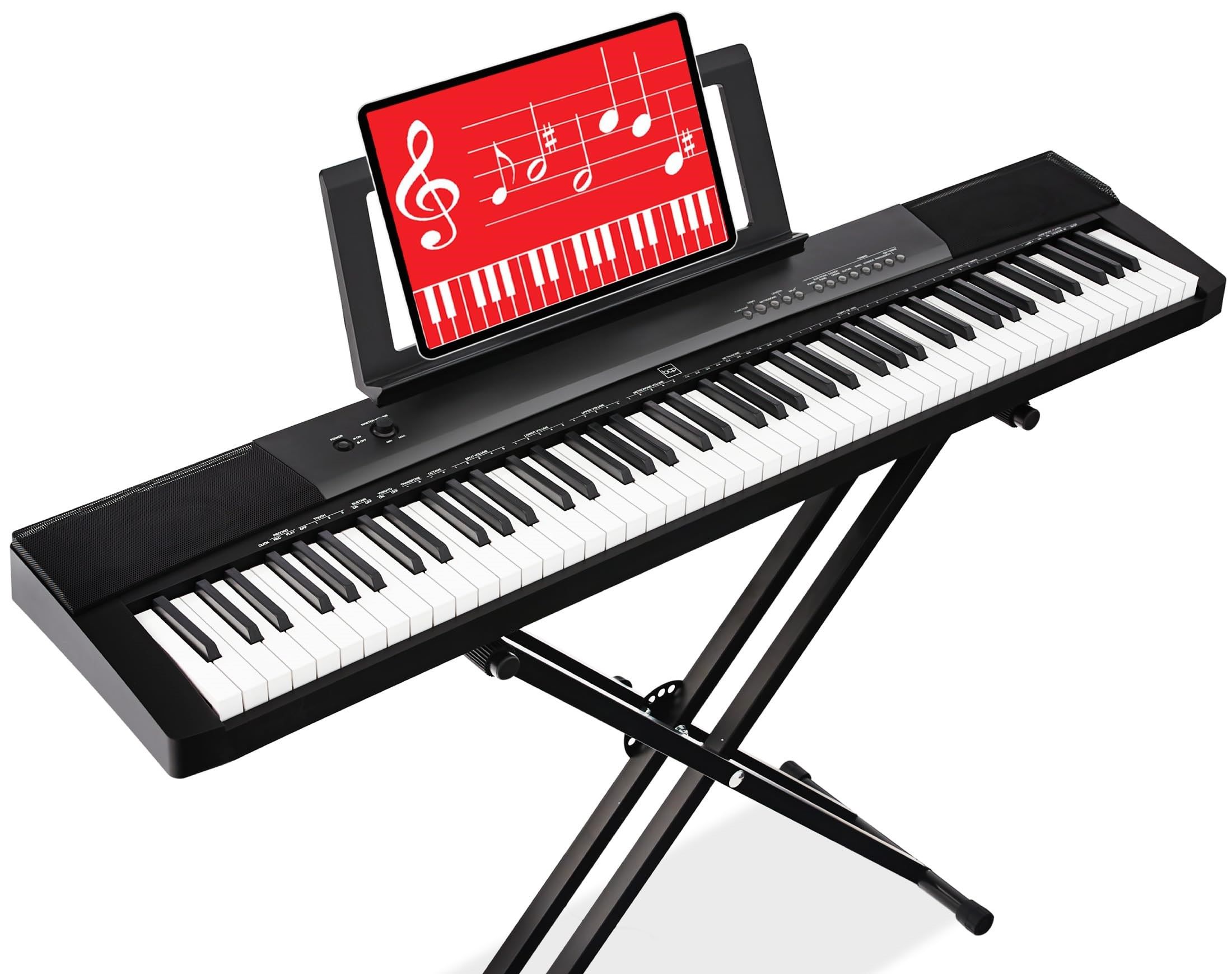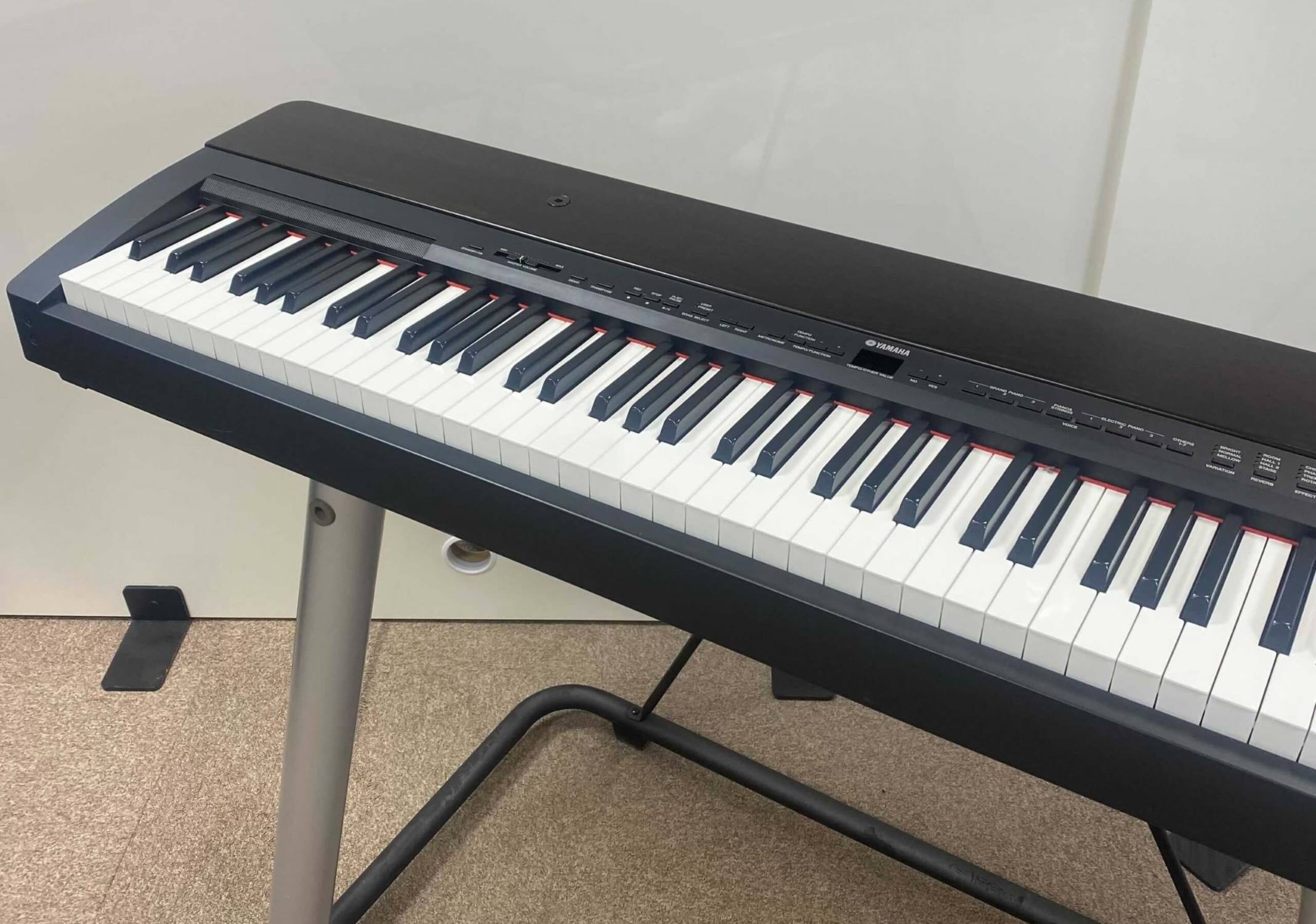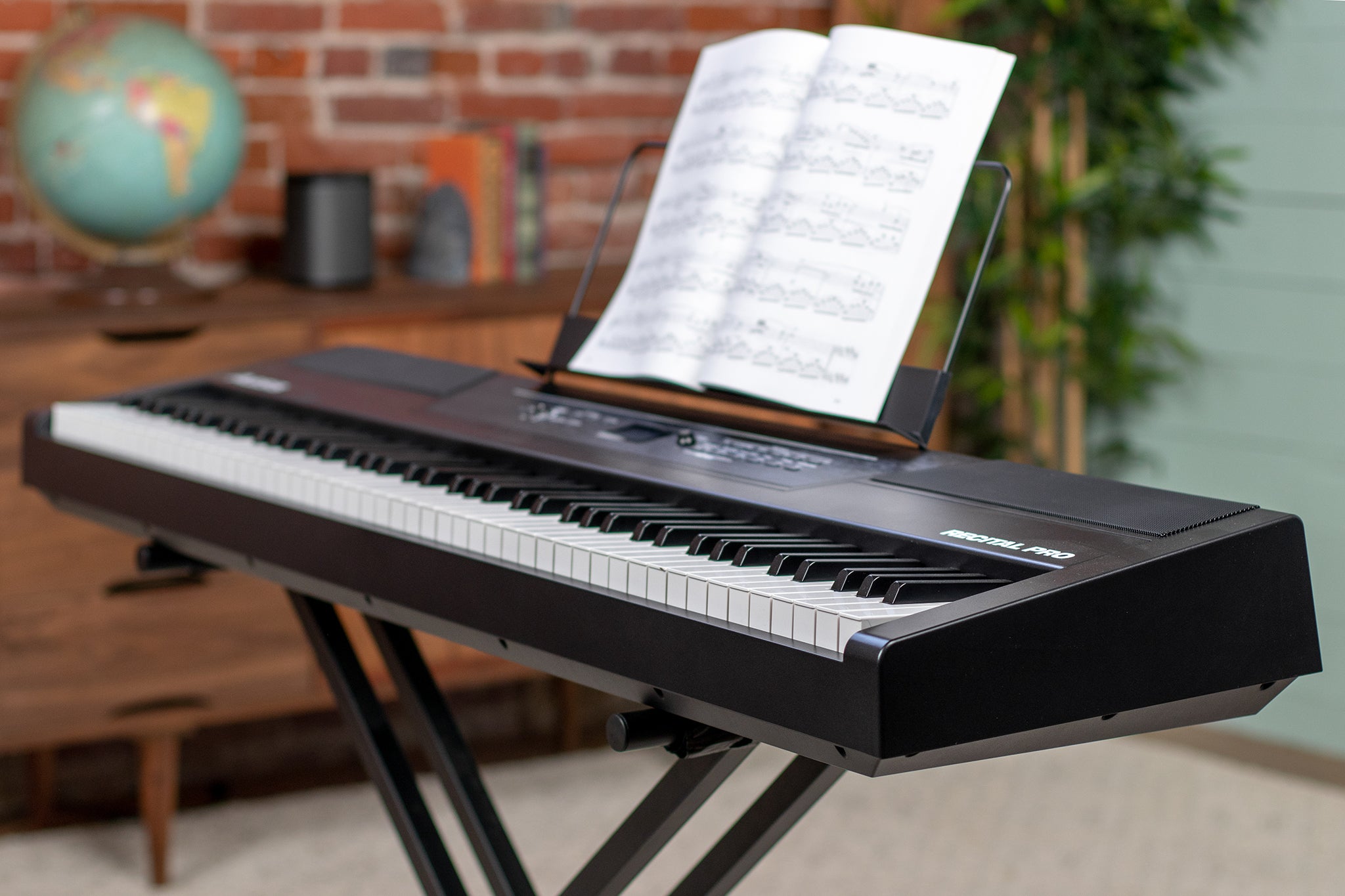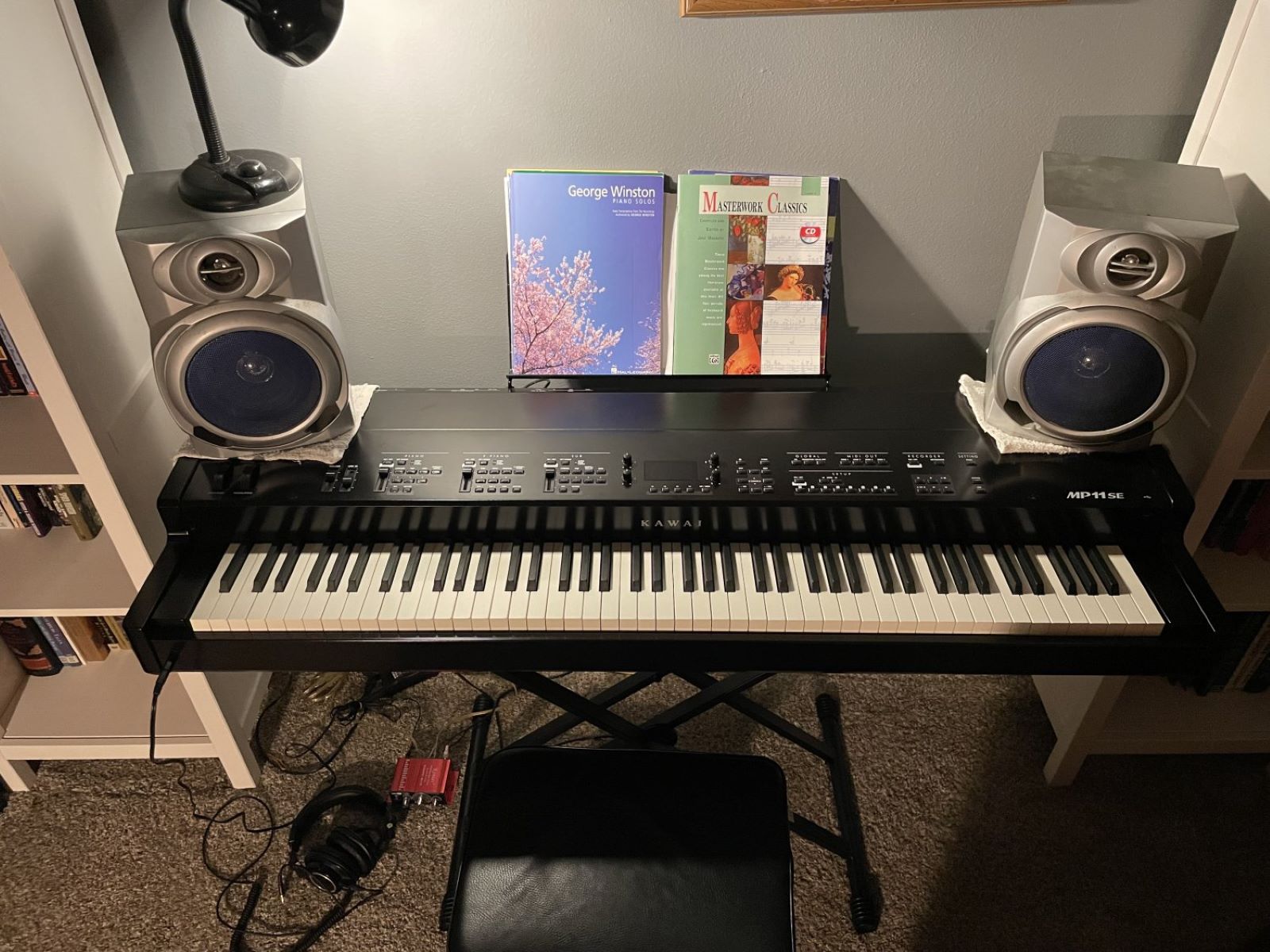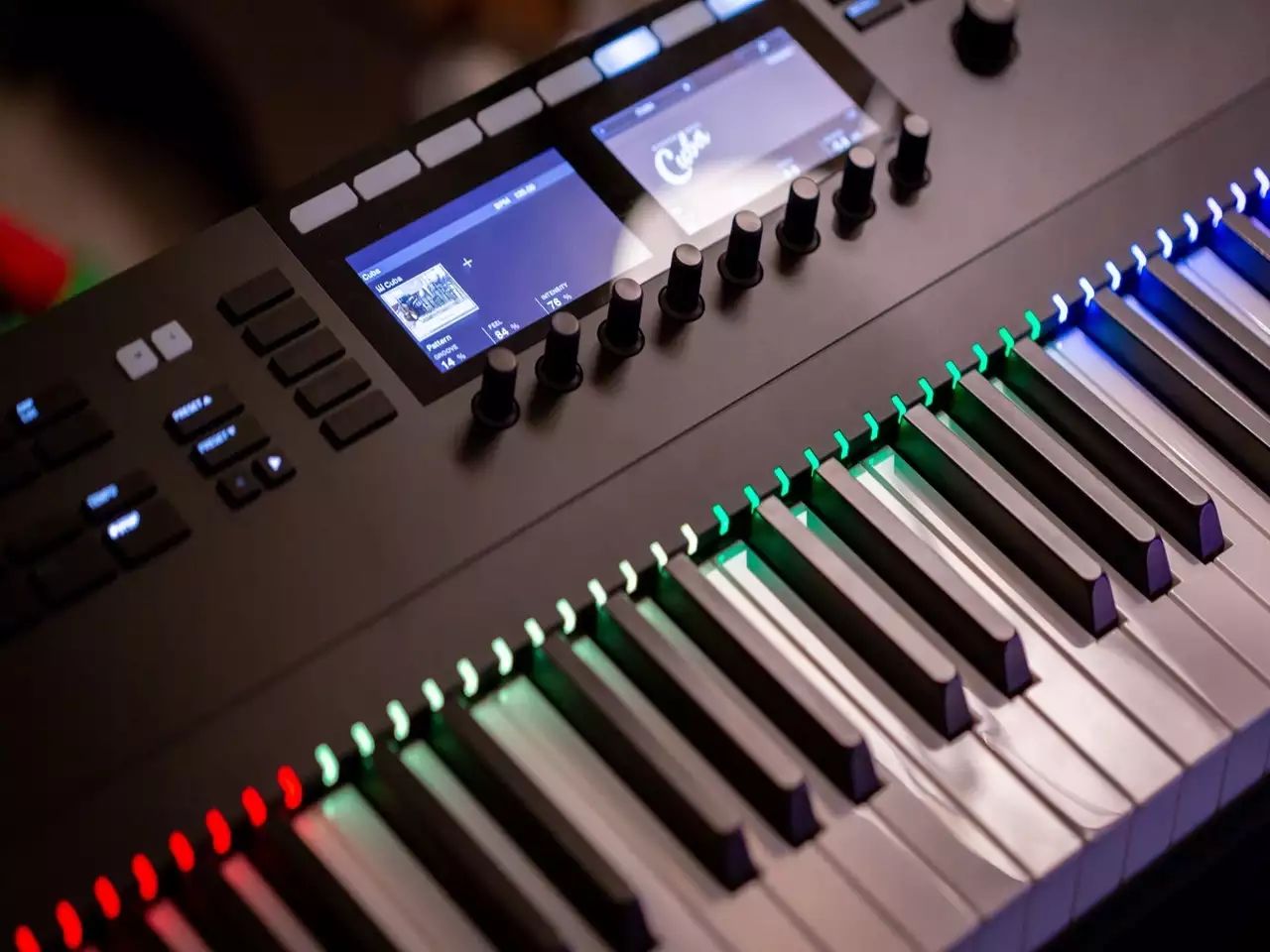Introduction
Introduction
When it comes to choosing a digital piano, the decision often boils down to selecting between Yamaha and Roland, two of the most reputable and innovative brands in the music industry. Both companies have carved out a niche for themselves by producing high-quality digital pianos that cater to the diverse needs of musicians, from beginners to seasoned professionals. As you embark on the journey of selecting the perfect digital piano, it's essential to consider various factors, including sound quality, key action and touch, features and functions, portability and design, as well as price and overall value for money.
The debate between Yamaha and Roland digital pianos is a longstanding one, with enthusiasts and experts sharing their perspectives on which brand reigns supreme. Each brand boasts a unique set of features and characteristics that appeal to different preferences and playing styles. By delving into the intricacies of sound quality, key action and touch, features and functions, portability and design, as well as the price point, we can unravel the strengths and weaknesses of both Yamaha and Roland digital pianos. Ultimately, the decision hinges on your individual requirements, budget, and the specific attributes that resonate with your musical aspirations.
In the subsequent sections, we will dissect the core aspects of Yamaha and Roland digital pianos, shedding light on their respective merits and demerits. By the end of this exploration, you will gain valuable insights into the pivotal factors that can influence your decision-making process. Whether you prioritize authentic sound replication, responsive key action, a myriad of features, or portability, this comparative analysis will equip you with the knowledge needed to make an informed choice. So, let's embark on this melodic journey and unravel the nuances of Yamaha and Roland digital pianos to determine which instrument aligns with your musical vision and aspirations.
Sound Quality
When it comes to digital pianos, sound quality reigns supreme as it forms the bedrock of the instrument’s appeal and functionality. Both Yamaha and Roland have garnered acclaim for their unparalleled sound reproduction, each employing distinct technologies to deliver an authentic and immersive playing experience.
Yamaha digital pianos are renowned for their rich and dynamic sound profiles, courtesy of the renowned Pure CF Sound Engine. This cutting-edge technology meticulously captures the nuanced tonal characteristics of Yamaha’s acclaimed concert grand pianos, resulting in a remarkably expressive and resonant sound output. Whether you are performing classical compositions or contemporary pieces, the Yamaha digital piano exudes a captivating tonal richness that resonates with the discerning ears of musicians and audiences alike.
On the other hand, Roland digital pianos boast a formidable reputation for their meticulous sound sampling and processing, exemplified by the SuperNATURAL Piano Modeling technology. This innovative approach leverages advanced algorithms to replicate the complex interactions between the strings, hammers, and resonating elements of an acoustic piano, culminating in a remarkably organic and lifelike sound output. The Roland digital piano’s tonal authenticity and responsiveness elevate the playing experience, empowering musicians to unleash their creativity with unparalleled sonic fidelity.
Furthermore, both Yamaha and Roland digital pianos offer a diverse array of onboard sounds and voices, ranging from electric pianos and strings to organs and synthesizers, expanding the sonic palette for versatile musical expression. Whether you seek the warmth and resonance of a grand piano, the vintage charm of electric pianos, or the ethereal allure of orchestral strings, both brands deliver a comprehensive sonic repertoire to cater to a myriad of musical genres and playing styles.
Ultimately, the choice between Yamaha and Roland digital pianos in terms of sound quality hinges on your sonic preferences, musical endeavors, and the specific tonal characteristics that resonate with your artistic sensibilities. By immersing yourself in the melodic tapestries woven by both brands, you can discern the subtle nuances and sonic signatures that define Yamaha and Roland digital pianos, guiding you towards the instrument that harmonizes with your musical aspirations.
Key Action and Touch
Key action and touch are pivotal facets of the digital piano playing experience, profoundly influencing the expressiveness, responsiveness, and overall feel of the instrument. Both Yamaha and Roland have dedicated extensive research and engineering prowess to craft key mechanisms that emulate the tactile nuances and dynamic range of acoustic pianos, catering to the discerning demands of pianists across the spectrum.
Yamaha digital pianos are revered for their Graded Hammer Standard (GHS) and Graded Hammer 3 (GH3) key actions, which replicate the graded weight and escapement of acoustic piano keys. This meticulous emulation of acoustic piano keys endows Yamaha digital pianos with a natural and progressive key response, empowering pianists to articulate delicate pianissimo passages and unleash thunderous fortissimo phrases with nuanced control and finesse. The tactile feedback and stability of Yamaha’s key actions create a seamless transition for pianists transitioning from acoustic pianos to the digital realm, fostering a familiar and immersive playing experience.
On the other hand, Roland digital pianos integrate the acclaimed PHA-50 and PHA-4 Standard key actions, engineered to deliver an expressive and authentic playing feel. These key mechanisms combine wooden elements with advanced sensor and escapement technologies to replicate the intricate movements and response of acoustic piano keys, imbuing Roland digital pianos with a nuanced and responsive playing touch. The progressive hammer action and escapement simulation of Roland’s key actions facilitate a dynamic and expressive performance, enabling pianists to channel their artistic vision with precision and emotive depth.
Moreover, both Yamaha and Roland digital pianos offer adjustable touch sensitivity settings, allowing pianists to tailor the key response to suit their playing style and preferences. Whether you gravitate towards a lighter touch for delicate passages or a firmer touch for robust articulation, the customizable touch sensitivity empowers pianists to personalize their playing experience, fostering a deeper connection with the instrument.
Ultimately, the choice between Yamaha and Roland digital pianos in terms of key action and touch hinges on your tactile inclinations, playing technique, and the specific key response that resonates with your musical expression. By immersing yourself in the nuanced key actions and tactile nuances of both brands, you can discern the subtle differentiators that define Yamaha and Roland digital pianos, guiding you towards the instrument that harmonizes with your artistic sensibilities and playing aspirations.
Features and Functions
Delving into the realm of features and functions, both Yamaha and Roland digital pianos offer a diverse array of technological innovations and performance-enhancing capabilities, catering to the multifaceted needs of musicians and performers. From advanced sound customization options to interactive learning tools, both brands have strived to imbue their digital pianos with an assortment of features that elevate the playing experience and foster musical exploration.
Yamaha digital pianos are equipped with an array of features such as Virtual Resonance Modeling (VRM), which authentically reproduces the sympathetic resonance and tonal interactions found in acoustic pianos, enriching the overall sonic depth and realism. Additionally, Yamaha’s proprietary Intelligent Acoustic Control (IAC) optimizes the instrument’s sound for various listening environments, ensuring a consistent and balanced sonic output regardless of the performance venue. Furthermore, the integration of advanced connectivity options, including Bluetooth and USB audio recording, empowers musicians to seamlessly integrate their digital pianos with external devices and recording software, expanding the horizons of musical creativity and collaboration.
On the other hand, Roland digital pianos boast an impressive array of features such as the TwinPiano mode, which enables side-by-side practice and duet performances by splitting the keyboard into two identical zones with matching tones. The inclusion of versatile ensemble functions, including accompaniment styles and rhythmic patterns, empowers musicians to explore diverse musical genres and arrangements, fostering a dynamic and immersive playing experience. Moreover, Roland’s integration of Bluetooth MIDI and wireless connectivity facilitates seamless interaction with music apps and educational platforms, enhancing the instrument’s versatility and educational utility.
Both Yamaha and Roland digital pianos encompass a comprehensive suite of onboard voices, effects, and performance features, enabling musicians to unleash their creative potential and craft captivating musical narratives. Whether you seek expressive sound sculpting capabilities, interactive learning resources, or ensemble-enhancing functions, both brands have endeavored to infuse their digital pianos with a myriad of features that cater to the evolving needs and aspirations of musicians.
Ultimately, the choice between Yamaha and Roland digital pianos in terms of features and functions hinges on your musical objectives, performance requirements, and the specific capabilities that align with your artistic vision. By immersing yourself in the multifaceted features and performance-enhancing functions of both brands, you can discern the nuanced attributes that define Yamaha and Roland digital pianos, guiding you towards the instrument that harmonizes with your musical sensibilities and creative pursuits.
Portability and Design
When evaluating digital pianos, the considerations of portability and design play a significant role, especially for musicians who require mobility and aesthetic appeal in their musical instruments. Both Yamaha and Roland have engineered their digital pianos to embody a harmonious blend of portability, elegance, and ergonomic design, catering to the diverse lifestyles and performance settings of musicians.
Yamaha digital pianos are crafted with a keen emphasis on sleek design aesthetics and practical portability, offering a range of models that strike a balance between performance-grade features and ease of transportation. The compact and lightweight construction of select Yamaha digital pianos makes them ideal for musicians who prioritize mobility without compromising on sound quality and playing experience. Additionally, the ergonomic placement of controls, intuitive interfaces, and space-saving designs enhance the user experience, ensuring seamless integration into diverse musical environments and living spaces.
On the other hand, Roland digital pianos are revered for their innovative approach to portability and design, exemplified by the integration of cutting-edge materials and streamlined form factors. The meticulous engineering of Roland’s digital pianos results in instruments that are not only lightweight and portable but also exude a contemporary and sophisticated aesthetic. The thoughtful incorporation of ergonomic features, such as adjustable stands and intuitive control layouts, enhances the user comfort and accessibility, fostering a seamless transition from practice sessions to live performances.
Furthermore, both Yamaha and Roland digital pianos offer a diverse selection of design variations, catering to individual preferences and interior aesthetics. Whether you gravitate towards the timeless elegance of traditional wood finishes or the modern allure of sleek metallic accents, both brands present an array of design options that harmonize with diverse décor styles and personal tastes, ensuring that the digital piano becomes a captivating centerpiece in any setting.
Ultimately, the choice between Yamaha and Roland digital pianos in terms of portability and design hinges on your lifestyle, performance requirements, and the specific design elements that resonate with your aesthetic sensibilities. By immersing yourself in the ergonomic considerations and design nuances of both brands, you can discern the subtle attributes that define Yamaha and Roland digital pianos, guiding you towards the instrument that seamlessly integrates into your musical journey and personal environment.
Price and Value for Money
When navigating the realm of digital pianos, the consideration of price and overall value for money is pivotal, as it directly influences the accessibility and long-term satisfaction with the chosen instrument. Both Yamaha and Roland offer a diverse spectrum of digital pianos across various price points, each imbued with a unique set of features, performance capabilities, and technological innovations that contribute to their overall value proposition.
Yamaha digital pianos encompass a range of models that cater to different budgetary constraints, ensuring that musicians at various stages of their musical journey can access high-quality instruments without compromising on performance. Whether you are seeking an entry-level digital piano that delivers authentic sound and responsive key action or a premium model equipped with advanced sound technologies and interactive features, Yamaha’s diverse lineup accommodates a spectrum of musical aspirations and financial considerations. The brand’s commitment to delivering exceptional value for money is exemplified by the seamless integration of performance-grade features and innovative technologies across its digital piano range, empowering musicians to embark on a fulfilling musical odyssey without breaking the bank.
Similarly, Roland digital pianos offer a compelling array of instruments that embody a harmonious balance between price and performance, catering to the diverse needs and preferences of musicians. Whether you are drawn to a compact and affordable digital piano for home practice or an advanced stage piano with professional-grade features for live performances and studio recordings, Roland’s product portfolio encompasses a spectrum of options that deliver remarkable value for money. The brand’s dedication to infusing its digital pianos with cutting-edge technologies, expressive sound capabilities, and ergonomic designs ensures that musicians can invest in instruments that not only elevate their playing experience but also represent a sound long-term investment in their musical pursuits.
Moreover, both Yamaha and Roland digital pianos are backed by reputable warranties, comprehensive customer support, and a global network of authorized service centers, bolstering the overall value proposition by providing peace of mind and reliable after-sales service. The enduring quality, performance reliability, and technological innovation embedded within the digital pianos from both brands underscore their commitment to delivering enduring value for musicians across the globe.
Ultimately, the choice between Yamaha and Roland digital pianos in terms of price and value for money hinges on your budget, musical aspirations, and the specific features and performance attributes that align with your artistic vision. By carefully evaluating the price-performance ratio and long-term benefits of both brands, you can make an informed investment in a digital piano that not only resonates with your musical sensibilities but also represents a compelling value proposition for your musical journey.
Conclusion
As we draw the curtains on our comparative exploration of Yamaha and Roland digital pianos, it becomes evident that both brands have carved out distinct niches within the realm of digital music instruments, each offering a compelling array of features, performance capabilities, and technological innovations that cater to the multifaceted needs of musicians.
Yamaha and Roland digital pianos embody a convergence of artistry, engineering prowess, and a commitment to delivering an immersive and expressive playing experience. Whether you gravitate towards the rich and dynamic sound profiles of Yamaha’s Pure CF Sound Engine or the lifelike tonal authenticity of Roland’s SuperNATURAL Piano Modeling technology, both brands excel in capturing the essence of acoustic pianos while harnessing the potential of digital innovation.
Furthermore, the nuanced key actions and tactile responses of Yamaha and Roland digital pianos underscore the brands’ dedication to replicating the expressive touch and dynamic range of acoustic pianos, empowering pianists to articulate their musical vision with precision and emotive depth.
Delving into the realm of features and functions, both Yamaha and Roland digital pianos offer a diverse array of technological innovations and performance-enhancing capabilities, fostering a dynamic and immersive playing experience while catering to the evolving needs and aspirations of musicians.
When evaluating the considerations of portability and design, both Yamaha and Roland digital pianos have endeavored to strike a harmonious balance between ergonomic form factors, contemporary aesthetics, and practical portability, ensuring that the instruments seamlessly integrate into diverse musical environments and personal spaces.
Finally, the pivotal consideration of price and overall value for money underscores the commitment of both Yamaha and Roland to democratizing access to high-quality digital pianos, ensuring that musicians at various stages of their musical journey can invest in instruments that not only elevate their playing experience but also represent a sound long-term investment in their musical pursuits.
In essence, the choice between Yamaha and Roland digital pianos is a deeply personal and nuanced decision, guided by your sonic preferences, tactile inclinations, musical aspirations, and budgetary considerations. By immersing yourself in the sonic tapestries, tactile nuances, technological innovations, and design aesthetics of both brands, you can embark on an informed and enriching journey towards selecting the digital piano that harmonizes with your artistic sensibilities and musical aspirations.









